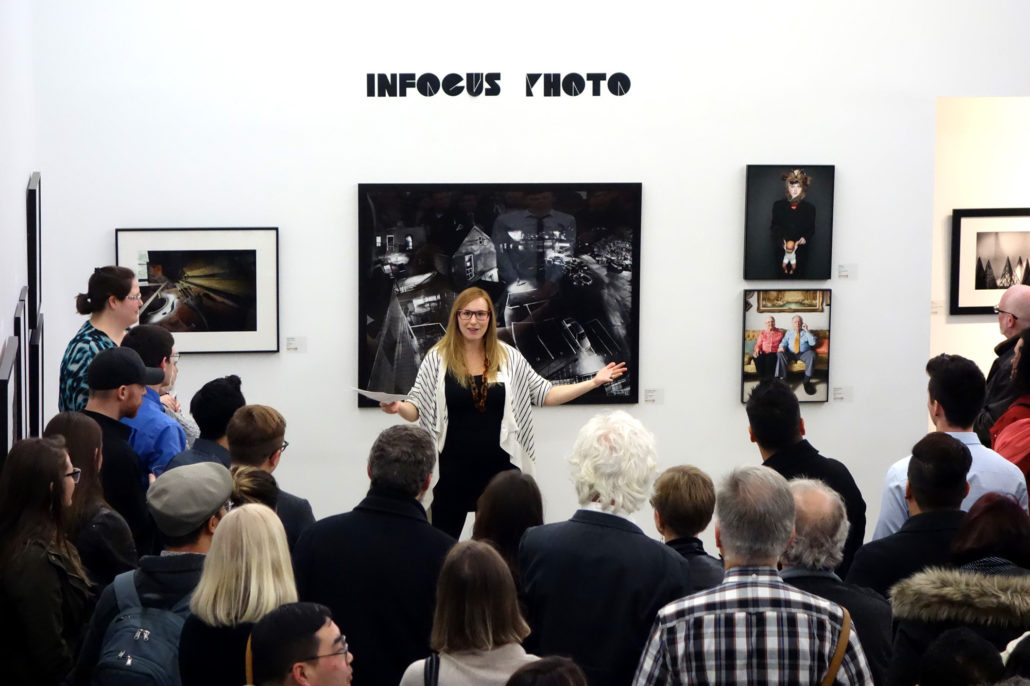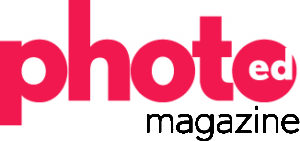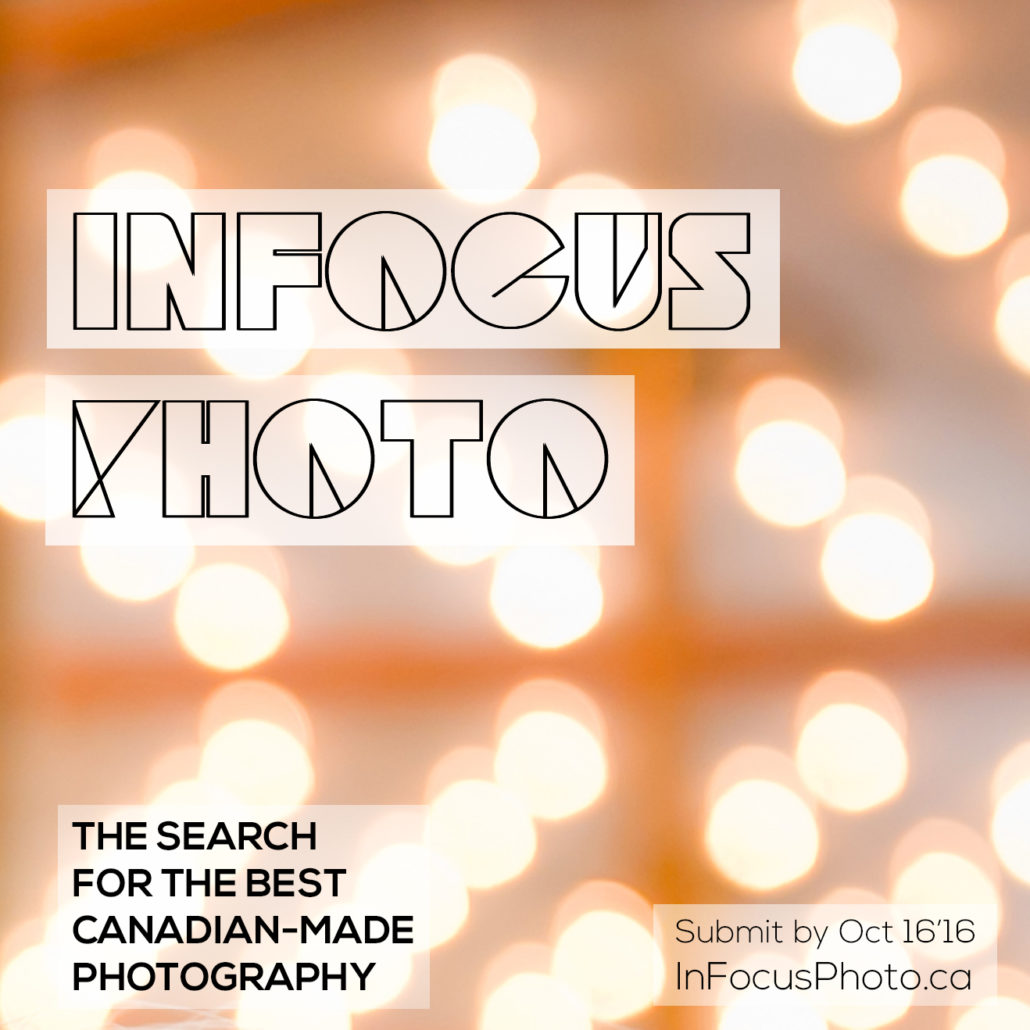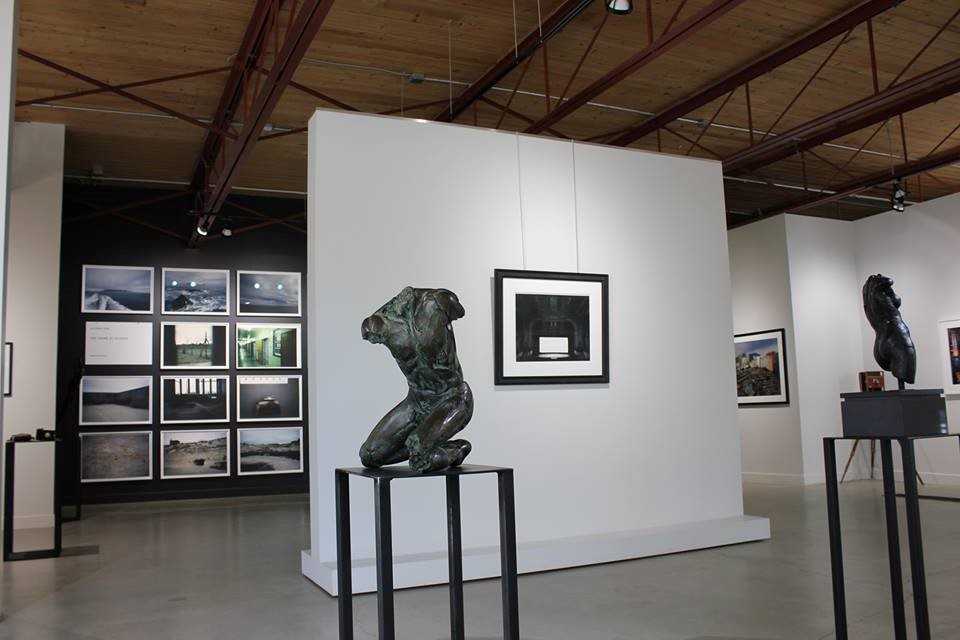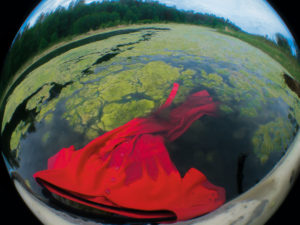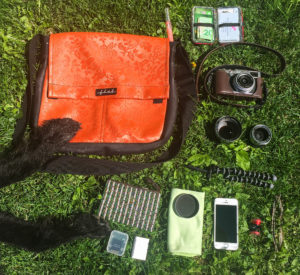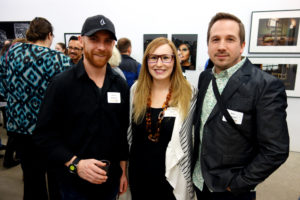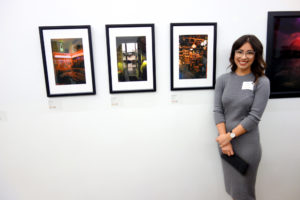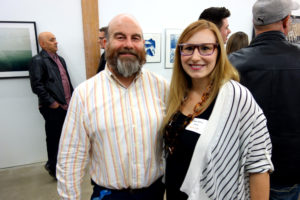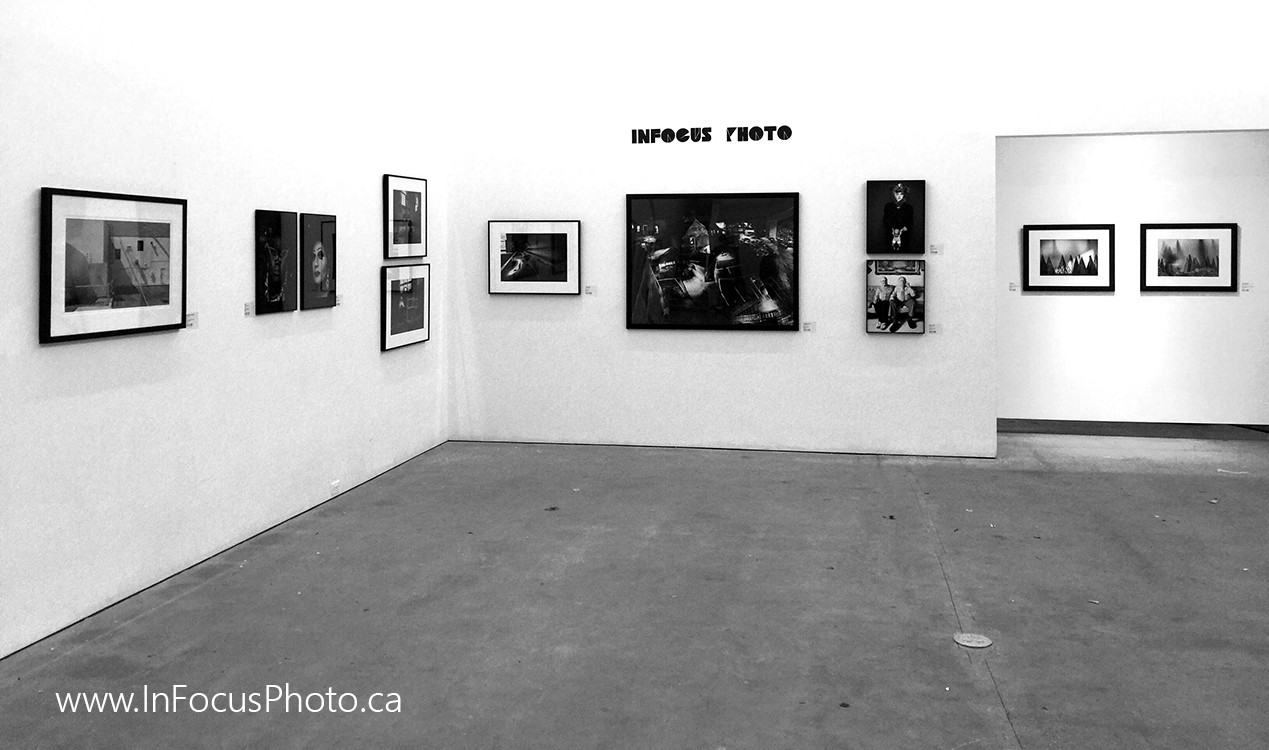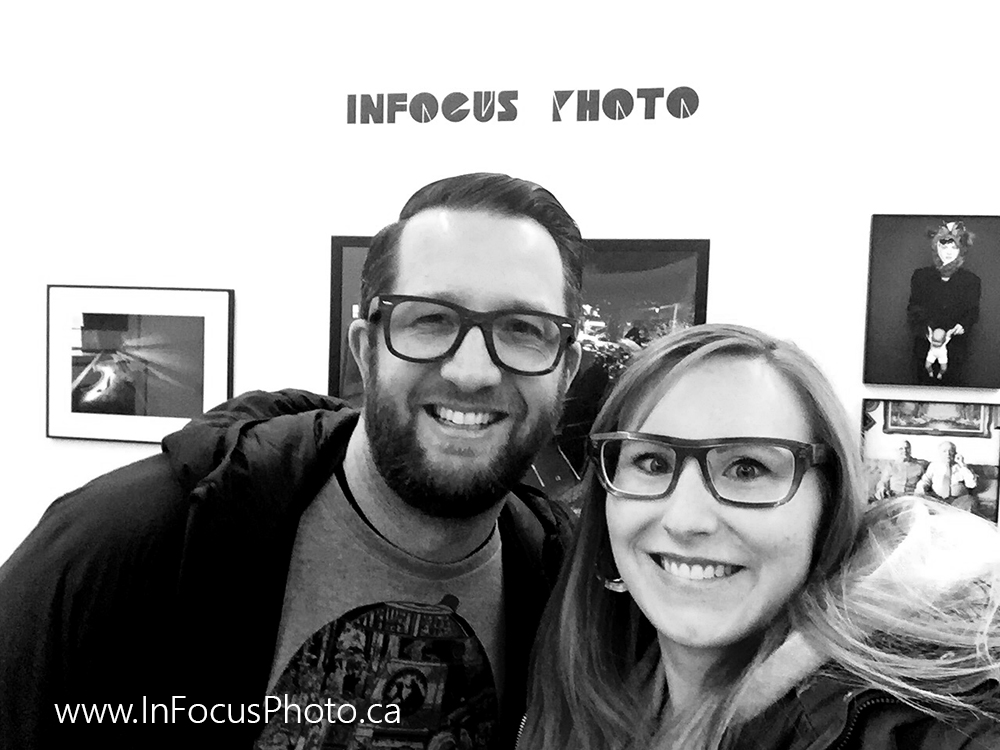We all need to be aware of the scams going around that take advantage of hard-working, honest creative people. Working as a professional artist for the last fifteen years has taught me something:
If it sounds too good to be true, it probably is.
I don’t mean to say this in a pessimistic way, but I do think it is prudent to be cautious when opportunity knocks on your door. Please read this article and share it with other creative entrepreneurs you know. It is important that we spread the word and protect ourselves and others. Our work, time, and talent are too valuable to be scammed.

TIPS TO AVOID SCAMS
TIP 1: Run opportunities through the below 4 criteria before signing on the dotted line
The legitimate opportunities that have come my way have been:
- Through hard work on my part
- By some initiative of my own making, either recently or traceable from a seed planted a while back
- Through someone I know or by a mutual connection (a friend of a friend or a coleague of a coleague, for example)
- Tried by someone I know and respect who vouches for it
I distinctly remember being contacted by Agora Gallery in New York who **found my work online and loved it.** I had never heard of them before, but was so excited that a New York gallery had contacted me. Unfortunately, when I asked some of my artist friends whether they had heard of the gallery, which they had, the reviews were not positive. I researched extensively online. There were may forum discussions about this and other vanity galleries. I gathered that Agora contacts A LOT of artists they find from combing the internet.
One red flag right off the bat: they charge artists $5,450 USD to show in their gallery!!
Artists: You should not have to pay a legitimate gallery to show your work.
As beautiful as the dream is to show my art in the Big Apple, I want to earn my way there, not pay for it. Plus, when you dish out the dough to get your work shown, those “in-the-know” in the art community will spot that immediately on your CV. Is it worth it? The decision is up to you.
TIP 2: Do Your Homework
If someone emails or phones you about a **big opportunity** that you **simply must participate in** – BEWARE.
I continuously receive emails telling me to buy a page in an art catalog or photography book that will be sent out to agents, galleries, reps, and so on. They go on and on about what an amazing opportunity it is. The fee for one of these is $500 for a page in a photo book, for example. They lay it all out: at $500 for a page, with the book sent to thousands of agents, your actual investment is $X per agent.
They are doing the hard sell. If you are desperate, maybe their offer sounds appealing. But again, I say BEWARE. Are these thousands of agents asking for this product? Likely not. Is there any way of knowing that these books actually get sent out and seen?
First check out the person and business these offers represent. Does this person knows someone you know? Or are you connected through a business network? Do they have a concrete location? Are you familiar with this company or the individual within the broader community you work in?
Search for reviews on the internet. Online reviews and forums can be a LIFESAVER.

TIP 3: Trust your gut
You may have been found (or targeted) because your online presence is doing its job. The scammer found you because you are promoting yourself as an artist or a writer or a sculptor. It’s great to be found, but there are far too many people/scams out there that try to take advantage of creative people.
I know that it may seem wonderful to be contacted. We all want to hear how great our work is, that we are wanted and valued. Hear it from me: YOUR WORK IS GREAT! YOU ARE VALUABLE! YOUR CONTRIBUTION IS MEANINGFUL! YOUR LIFE MATTERS! KEEP DOING WHAT YOU ARE DOING! (I mean it. I believe in creative people pursuing their passions. It is inspiring. And I know we all need to hear these encouraging words sometimes… okay, often. The best part? You don’t have to pay me to say this to you. Take the encouragement for free : )
With unsolicited **opportunities** flattery can be a cover for the scam. They will say:
- Your writing is so great, please write for our site? (For free of course)
- Your art is amazing, I’d like to buy, can I pay online? (They may pay with stolen funds, demand a refund, you may never see your work again, causing you all kinds of stress)
- Your drawings are so captivating, can we show them in our gallery? (For a huge sum of money)
If something doesn’t feel right, if your sixth sense is tingling, TRUST YOUR GUT! This is probably one of the best pieces of advice, not only for avoiding scams, but in every area of life.
TIP 4: Read carefully and with discernment
If you get an email about your work, look closely at the email address it is being sent from. Strange looking email addresses are a good clue that the sender may not be legit.
Here is an example of a suspicious email address (from the scam email below):

Also, if the email is vague and asks for prices and payment options – BEWARE.
Here is a screen shot of two scam emails I received this year. Two different senders. Basically the same wording – although not perfect grammar (another clue!). Here is exactly what to look out for:

At first, in January, I wondered if this was a real email inquiry. I even responded. I continued to get vague responses. It was fishy!!! I didn’t pursue the conversation. Then just today I received almost the exact same message. What perfect confirmation of the SCAM that it is. Watch out!
TIP 5: If the **big opportunity** asks for money, run the other direction
I am so frustrated with all the great/wonderful/fabulous opportunities that come my way – that of course cost an arm and a leg! It is incredibly disappointing that so many scams rip off creative people, many of whom are doing their absolute best to scrape a living from the pursuit of their dreams.
This seems obvious, but we all need a good reminder every now and then:
People should pay YOU for your work, not the other way around.
NOTE: There are many legitimate opportunities out there that do ask for an entry fee. Many competitions and group exhibitions are volunteer run and need the funds to put on the show or award a prize. Still, do your homework.
For example, I run InFocus Photo Exhibit and Award: www.InFocusPhoto.ca (which soon will be hosted on it’s own site, yay!) As a part of the submission process for InFocus, we charge an entry fee. I will be very transparent: my first year running InFocus we charged $10/entry of 3 images – and I still ended up paying about $600 out of my own pocket to host the exhibition, promote it, get wine for the opening reception, list the event in Exposure Photography Festival’s printed program, etc. The second year I charged a bit more ($25/3 images) and found some sponsorship and through this, broke pretty close to even.
I am using InFocus Photo as an example that modest amounts of money are reasonable – but still only when you know that the organizer or organization is reputable. Even a small amount of money is too much to lose on a scam.
TIP 6: Consider twice if they contact you
I am sure we all want to get to the place where opportunity knocks on our door, instead of us having to seek it out. Unfortunately, for the vast majority of us, that is not the case.
Consider the above example of a big gallery contacting you. In all reality, legitimate galleries are probably far too swamped with submissions from artists to spend a huge amount of time searching out new talent. It probably does happen, but not that often.
When real opportunities do knock, as I hope they will for you, if you check them out by going through the above tips, you can feel more confident in their validity.
There are always exceptions to the above. There are many wonderful people in the world along with many great opportunities. Be discerning. Good luck on all your creative adventures!
Thank you so much for reading! If you know about any scams that the public should be aware of, please share them below in the comments.
